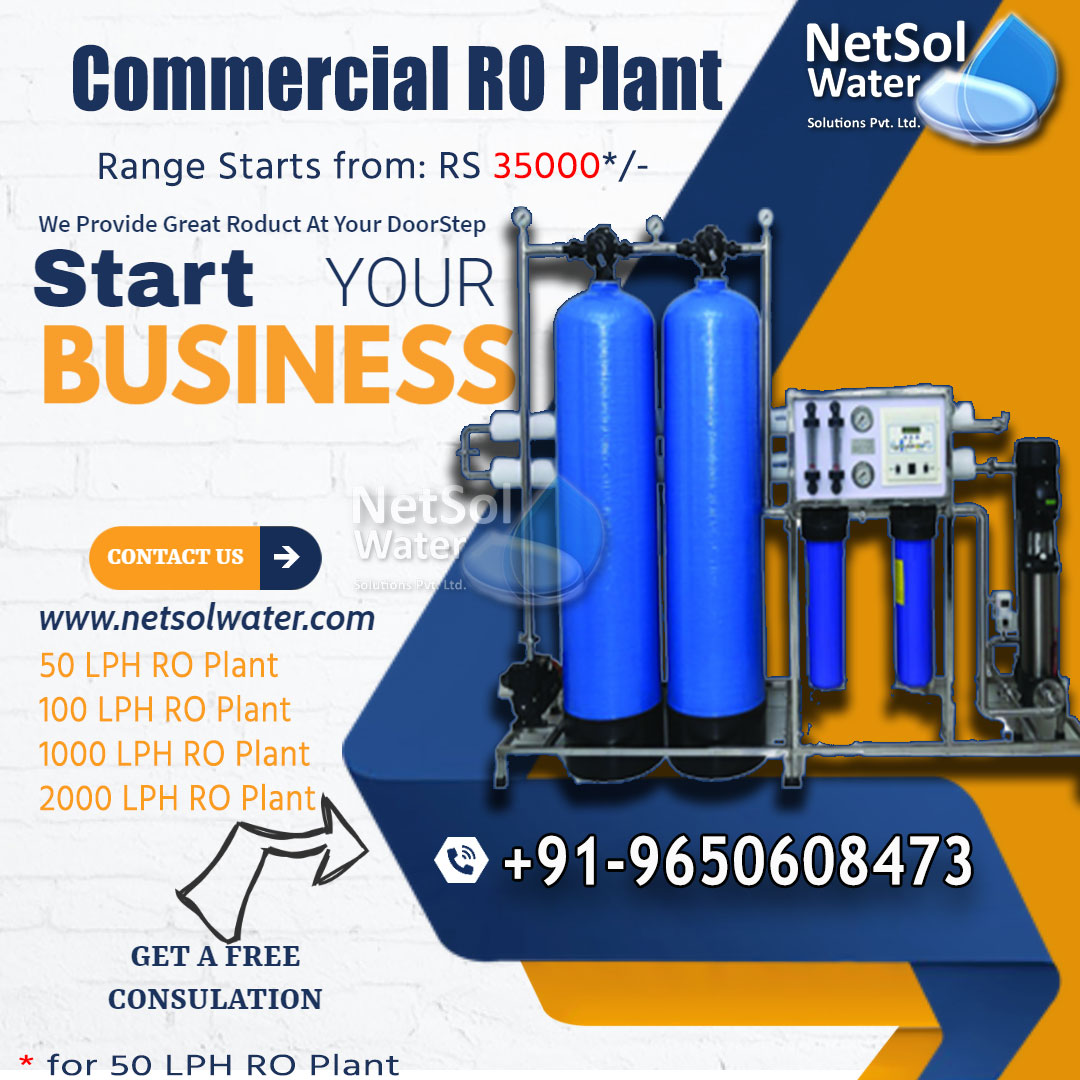Failures in RO Systems
The failure of a reverse osmosis system may be broken down into three categories:
1- System design;
2-Commissioning and installation;
3- Maintenance and operation.
1- System design
1) Get a water analysis report with particular ions concentrations, such as iron, manganese, and silicon.
2) The design is dependent on the actual operating water temperature.
3) Determine the appropriate recovery rate based on the arrangement of membrane components to avoid individual membrane elements' water flow exceeding the norm.
4) Simulation period: At least 3 years of operation time should be simulated to guarantee the high-pressure pump's dependability.
2-Commissioning and installation
1) Security filter: Pay close attention to the tightness with which the security filter element is installed.
2) Instruments and metres: The flow probe should be placed 1.5 metres from the entry and 1 metre from the exit, and it should be supplied with a saddle probe base.
3) Flushing the pipeline system: When flushing the system pipeline, install the filter element of the security filter to prevent big particles from settling on the reverse osmosis device and related pipes.
4) Membrane installation: When installing membrane elements, use medicinal glycerin instead of lubricating compounds like soap.
5) Scale inhibitor dosage: Normal dosing of scale inhibitors and other agents should be provided at initial commissioning to avoid membrane elements from fouling and scaling during prolonged commissioning.
3- Maintenance and operation
1) Instruments and metres: Flow metres must be calibrated on a regular basis, and probes must be cleaned.
2) Pressure gauge: The pressure gauge should be calibrated on a regular basis.
3) Pressure vessel: Proper removal and installation of the pressure vessel's end plate.
4) Concentrated water thrust ring: The concentrated water thrust ring must be placed correctly.
5) Determine the upper limit of operational data, such as the pressure differential between sections, and deal with it as soon as possible when the upper limit is reached.
6) Manual cleaning: Avoid flushing with a powerful water jet for severe mechanical fouling.
How to reduce failures in Reverse Osmosis systems?
The following steps should be done to limit failures and the frequency of reverse osmosis cleaning:
1: Obtain a full investigation of water quality before designing the reverse osmosis system.
2: Before you start designing, figure out what the SDI of the RO inlet is.
3: If the quality of the influent water varies, the design must be adjusted accordingly.
4: It is necessary to guarantee enough pre-treatment.
5: Choose the right membrane element for the job: cellulose acetate membranes or low pollution membranes are better for treating more sophisticated surface water or sewage.
6: Select a water flow that is more conservative.
7: Choose a water recovery rate that is realistic.
8: Make sure there's enough lateral and focused water velocity.
9: Make the operational data uniform.
How can I figure out what's wrong with my reverse osmosis system and membrane element?
To locate the problem, utilize the product water flow rate and salt permeability after "standardization." There are two types of researches: online and offline.
(1) Conducting an online search
When a pressure vessel's salt permeability is discovered to be excessive, the product water conductivity of each membrane element must be measured to pinpoint the source of the problem. To evaluate the conductivity of the product water tube, use a plastic or stainless steel tube to sample the conductivity at various spots. Markings can be put on the position of these marks, which corresponds to the sampling position.
The sample tube is placed into the farthest end of the product water pipe, the conductivity is measured by sampling, and the conductivity change curve is then traced back section by section. The feed water gradually thickens as it passes through the pressure vessel, causing the product water concentration to rise. From the previous swim to the next membrane element, the conductivity of the measured sample varies. The decrease in conductivity is around 10%. If the difference is very large, it suggests a concern. Mechanical leakage is indicated by a change in conductivity at a given spot. It may also be deduced whether leakage exists based on the change in the ratio of divalent ions to monovalent ions in the product water.
(2) Conducting research offline
Only one vacuum test method is available for non-destructive off-line investigation of roll-type membrane components (It is the American ASTM standard, B3923). If the vacuum damage is greater than 20kPa per minute (6in Hg), the membrane element is significantly leaking and cannot be utilized again. If the test does not show the issue, a destructive (anatomical) study to verify the interior conditions of the membrane element, testing the components, and analyzing the contaminants may be necessary.
Technical assistance and guidance!
Netsol’s RO Plants offer both safe and environmentally friendly performance at a low cost. These machines may generate pure water outputs, depending on feed water quality and flow rates. Our technical team can design and build the precise equipment that meets or exceeds client quality standards.
Call us if you want the best water treatment system for your home or business. Our services include Commercial RO Plants, Industrial RO Plants, STPs, ETPs, as well as a variety of useful after-sales services. Our professionals will check the customer's location first, then explain the available options and thus, allow you to select what is best for your property. You can always find useful information by liking and following us on YouTube and LinkedIn.




